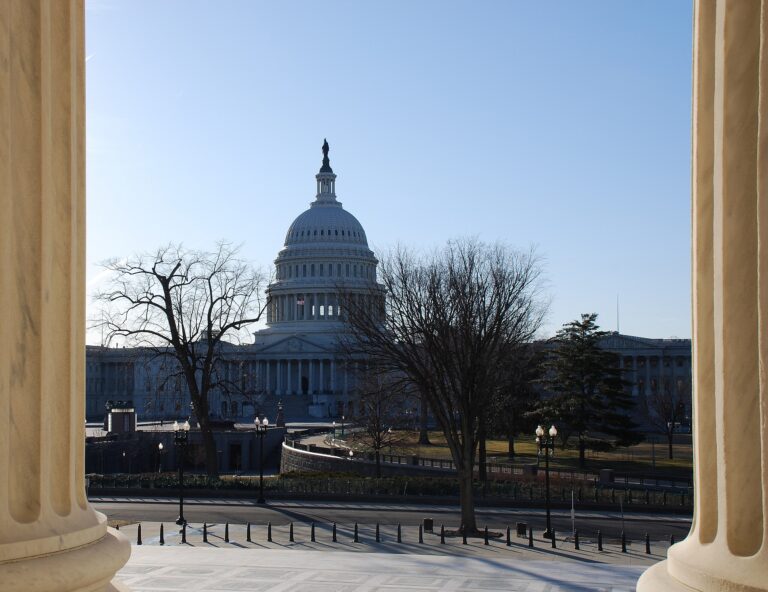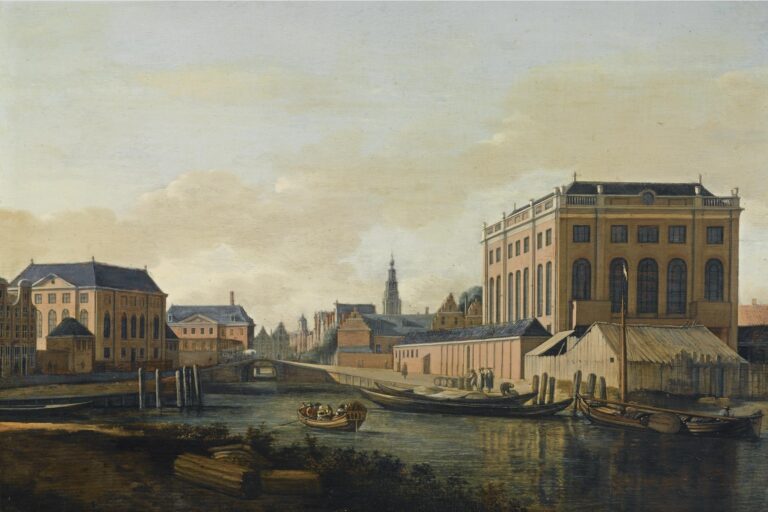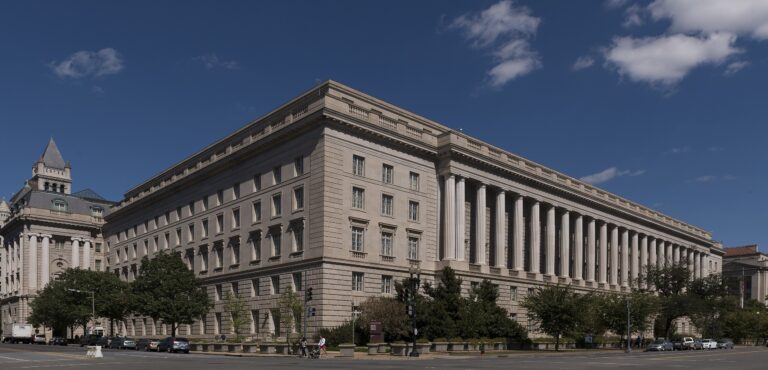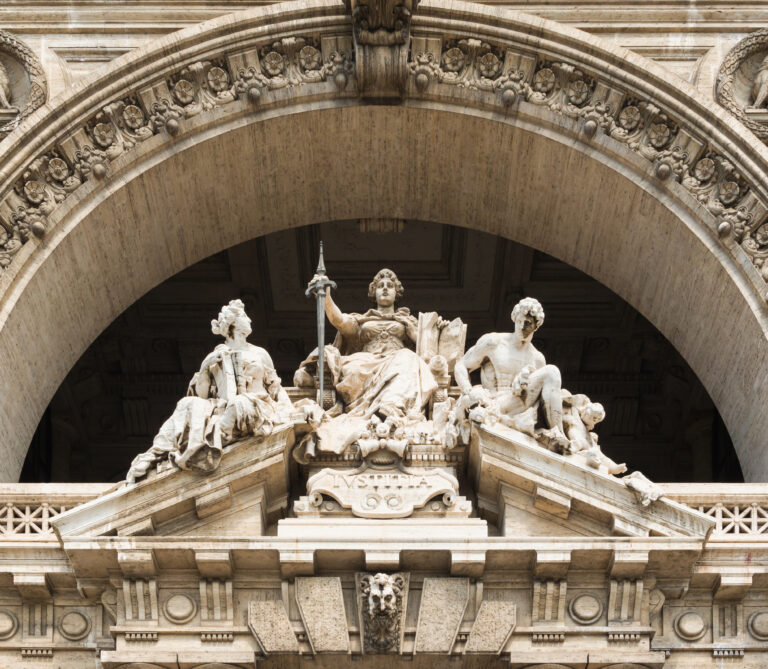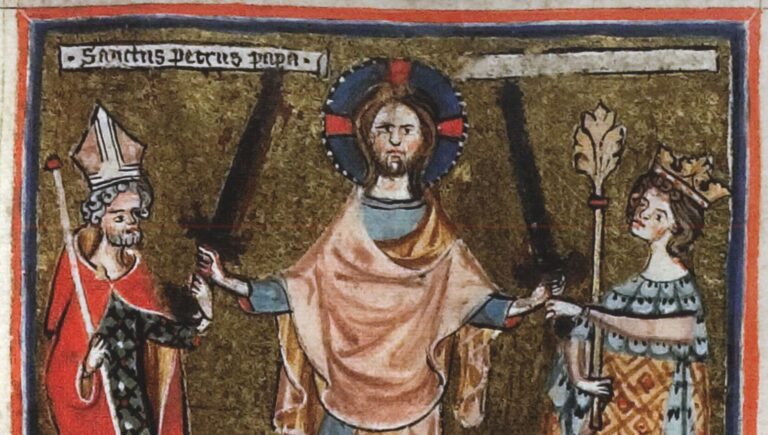
“Holy Warheads: Russian Orthodox Christianity as Weaponized Culture”
Elaine Wilson
Main Cathedral of the Russian Armed Forces Patriot on Wikimedia (CC BY-SA 4.0).
In an interview at the beginning of 2024, the far-right Russian ideologue, Alexander Dugin, sought to justify Russian military aggression as a mission of redemption. In fact, he likened Russia’s so-called “special military operation” to the Passion of Christ. He said, “Our God was crucified …. Was that the failure of our God, Jesus Christ? No, that was the sacrifice for the salvation of humanity. The beginning of this special military operation is a kind of religious act.”
Dugin frames Russia’s war on Ukraine as a “holy war” to justify the possibility of nuclear war: “Eschatology is present in [Russian] minds and influences our decisions,” he says. “I see no reason why we should not use [nuclear weapons] or why Putin will hesitate to use them if Russia starts to fail.” Russian military and political policy reflect Dugin’s belief that Orthodox Christian Russia “plays the part of Katechon,” or the “Restrainer” of the Antichrist.
Such a justification of nuclear warheads as “holy” is not new, but it highlights the importance of an often overlooked element in the historical entanglement of church and state: the role of energy. Empire has been defined as a kind of energy unto itself, as it seeks “to continue without end (sine fine), but … its own strength consists in this paradox: to be that energy which develops “always-beyond” … and, at the same time (in uno), to be able to guarantee stability and security: energy that perfectly persists in its unending growth.”
In the Russian context, the energy of empire has long been sustained by powers spiritual and material. Metaphysical divine power and fuel reserves, like natural gas and nuclear energy, carry great symbolic value in Russian discourse. Indeed, they are lauded as cultural heritage. The very language surrounding culture or energy is virtually the same: the “extraction” of the historical past, like the extraction of energy within an atom, is necessary for the production of contemporary political loyalty, national identity, and tradition.
The argument that follows seeks to tease out more clearly the connection between religion and power—both political and nuclear—that informs contemporary Russian militant theocracy. This essay considers the trajectory of imperial thinking across Russian history from medieval times into today, and in the process, pulls into focus the three principal forces that have ensured the existence and longevity of the empire: centralized rule, fuel and natural resources, and institutionalized religion.
Back to the Future
Kyivan Rus united with Byzantium when the ruler, Vladimir the Great, converted to Orthodox Christianity in 988. Fast forward to 2016, when another Vladimir used a connection with Christianity to strengthen a vision of empire. Just outside the Kremlin walls, Vladimir Putin unveiled a statue of Saint Vladimir the Great and spoke of him as if he were a distinctly Russian ruler. All the while, Putin implicitly drew comparisons between himself and the Kyivan prince. He spoke of the saint as a figure of unity in the face of “external threats,” and ominously, he said, “Today it is our duty to … [use] our spiritual legacy and our invaluable traditions of unity to go forward and continue our thousand-year history.”
This unveiling ceremony, held two years after the annexation of Crimea, was a crucial moment in the narrative of erasure that Putin’s government has been waging against Ukrainian identity and culture. Russian state television repeatedly announced the Moscow statue as “the first” monument to Vladimir the Great, ignoring the fact that one already stands in Ukraine.
This is not the first time that figures from Orthodox Christian tradition have served to concentrate power in Moscow. In the fourteenth, fifteenth, and sixteenth centuries, the widespread establishment of monasteries served to develop and strengthen the idea of a Russian nation with Moscow—not Kyiv—at its center. This burgeoning national identity was formed in large part through the influence of figures like Saint Sergius of Radonezh, who founded the Holy Trinity Monastery. His order expanded, and over time, satellite monasteries appeared. These monasteries exerted political and economic influence in and beyond Moscow.
Saint Sergius was known for his piety, and even allegedly turned down the opportunity to assume the role of patriarch. Yet arguably his most famous deed was an encounter with Prince Dmitry Donskoy in 1380, in which Sergius gave his blessing and assurance that Dmitry’s army would be victorious in the fight against invading Mongol troops. According to religious tradition, Dmitry defeated the Mongols in battle because of Sergius’s intercession.
Orthodoxy in Orbit
Vladimir the Great and Saint Sergius are tools in modern narratives of Russian nationalism, moral superiority, and military might, yet they lived long ago. The bridge between their medieval moment and contemporary crises—that aforementioned “eschatology” that haunts the Russian mind—lies at the beginning of the twentieth century, when a complex sense of apocalypse and redemption, as well as a new, militarized understanding of material energies, permeated life in Europe and Russia. As political theorist Timothy Mitchell has noted, “industrialized warfare confirmed the importance of … fuel for transportation rather than illumination,” and after World War I, “the risk of a future war” could be used to argue that “efforts to control the global supply of oil were important not for … profits but for the security of the imperial state.”
The complexity of this turning point in history was regarded with wonder and horror. In the words of philosopher and cultural critic Walter Benjamin, an “ecstatic trance” gripped the world. Benjamin saw a paradigm shift in the technological developments that made a conflict of unprecedented scale possible, saying that the “war … was an attempt at new and unprecedented commingling with the cosmic powers.”
Benjamin’s warning, written in 1926, reads as more relevant than ever, especially in contemporary Russia. The militarization of Orthodox Christianity has fostered a culture–or perhaps more precisely, a cult–of contact with the cosmos. Beginning in 2008, a portion of holy relics–notably, the remains of Saint Sergius–were taken into outer space. The significance of these cosmonaut missions lies in folk belief and tradition. As Aleksandra Arkhipova of the Russian anthropological and ethnographic research group “Monitoring Contemporary Folklore” explains:
It was customary among Eastern European Slavs to walk in a circle with an icon around an area to protect it. … Cosmonauts … flying around Earth with a piece of something sacred … [is] a kind of symbolic protection. … An attempt to expand the symbolic space. Having orbited the Earth with the relics of a beloved Orthodox saint, they’ve thus closed the circle, and … made the planet an Orthodox Christian Earth.
The ongoing cosmonaut missions are not purely in service of protection and healing, but rather, they echo the blessing given by Saint Sergius to Prince Dmitry Donskoy before battle. Earlier this year, senior U.S. intelligence warned that “Moscow might be preparing to deploy a nuclear weapon in space,” and that “the purpose of such a weapon may well be to destroy the large-scale satellite constellations used for communications and reconnaissance.” Such destruction would not only “degrade the effectiveness of Ukrainian defense forces,” but would also “reduce the effectiveness of the U.S. military and that of its allies.” Or, to rephrase in accord with Putin’s narrative, such destruction would deal another blow in the battle with the Western Antichrist.
While space conquest was “formerly heralded as a great achievement of the anti-religious Soviet authorities,” now the conquest of space, and conquest at large, are central components to modern Russian military Orthodoxy. In October of 2023, Patriarch Kirill, the head of the Russian Orthodox Church, said that Russia’s nuclear weapons “have allowed the country to remain free and independent” because the nuclear physicists “created the weapon … by ineffable divine providence.”
Conclusion
New mythology and iconography have “replaced the Soviet iconostasis with a new old one, in which traditional Russian and newly canonized saints and warriors from Russian and Soviet history harmoniously coexist.” The endurance of religious thought and gesture from the medieval to the Soviet to now is testament to the freedom of interpretation and the power of creation and coercion that constitutes Russian theologico-political rhetoric and policy. As the Russian folk saying goes: “Свято место пусто не бывает,” or “A sacred space is never empty.” The singular marriage of church, state, and energy in Russia, what Dmitry Adamsky, a scholar of international security, calls “Russian Nuclear Orthodoxy,” is a theologico-political system rooted in historically entangled energies that creates and re-creates a collection of symbols in order to fill any vacuum of power. Russia’s “sophisticated program of subversion, destabilization, and disinformation, … supported by a tough, hard-headed use of Russia’s gas, oil, and natural resource riches,” relies upon Russian Christian Orthodoxy—and concomitantly the logic of its technologico-political narrative—to ensure Putin’s neo-imperial project. ♦

Elaine Wilson received her PhD in Slavic Languages from Columbia University in 2023. Currently, she is a Visiting Scholar with the Jordan Center for the Advanced Study of Russia at NYU.
Recommended Citation
Wilson, Elaine. “Holy Warheads: Russian Orthodox Christianity as Weaponized Culture.” Canopy Forum, July 11, 2024. https://canopyforum.org/2024/07/11/holy-warheads-russian-orthodox-christianity-as-weaponized-culture/.
Recent Posts



